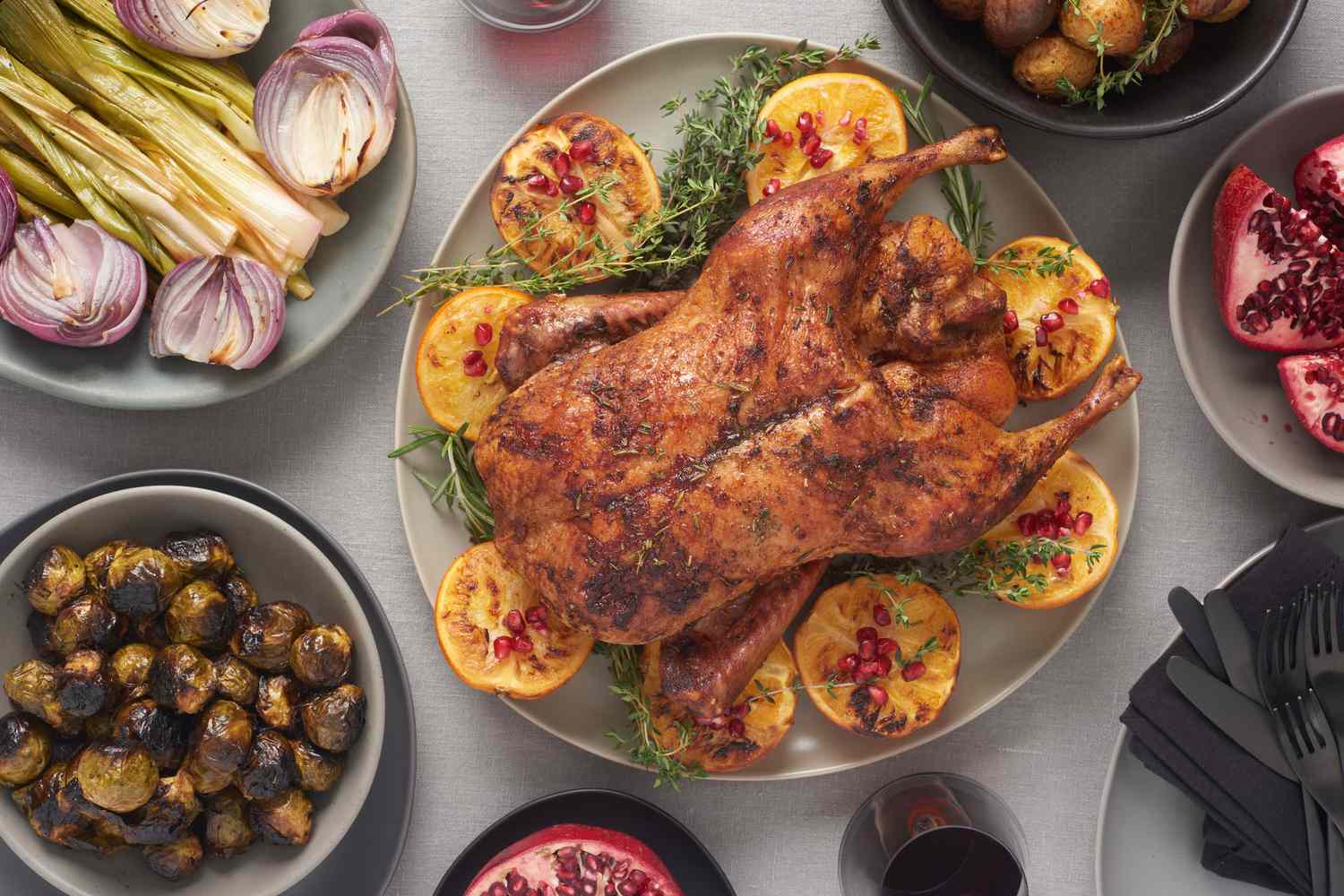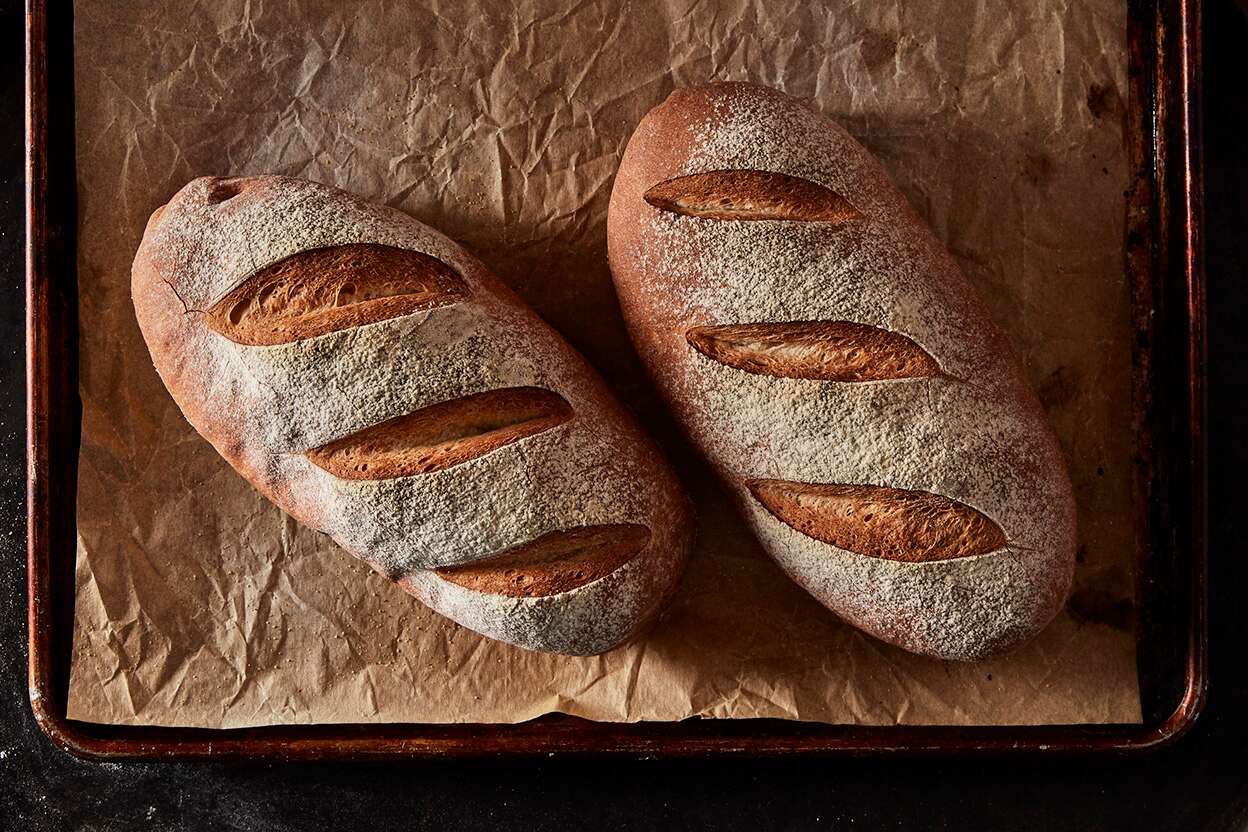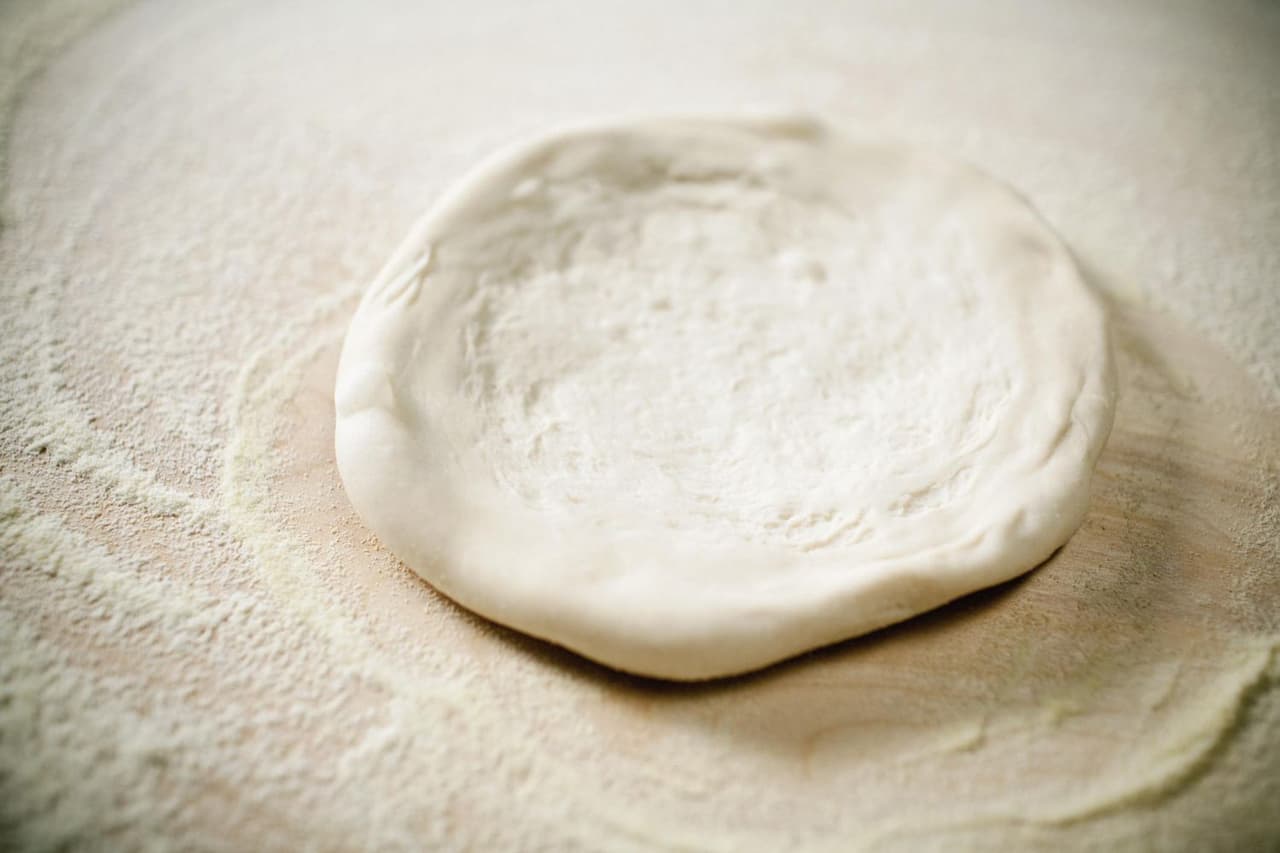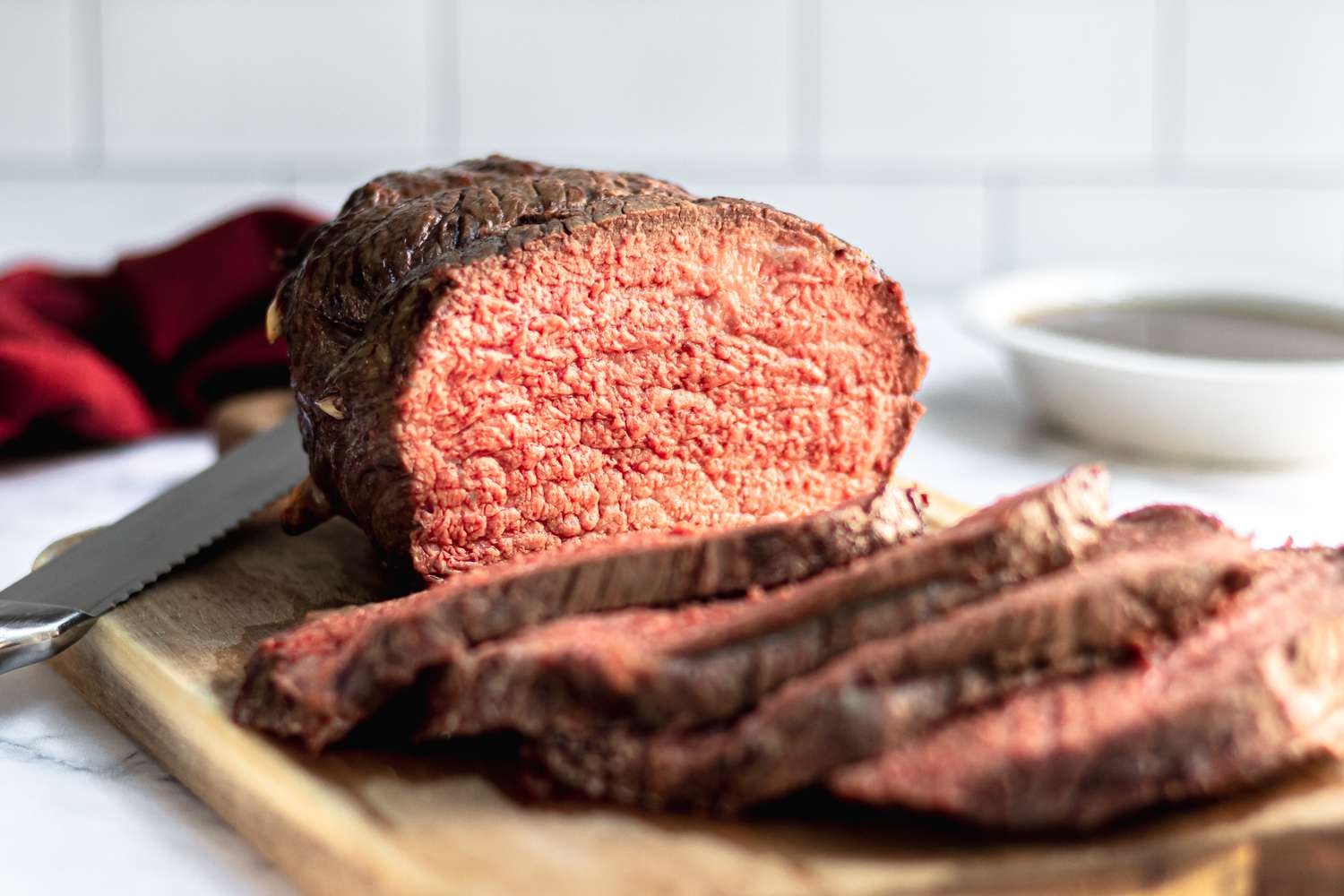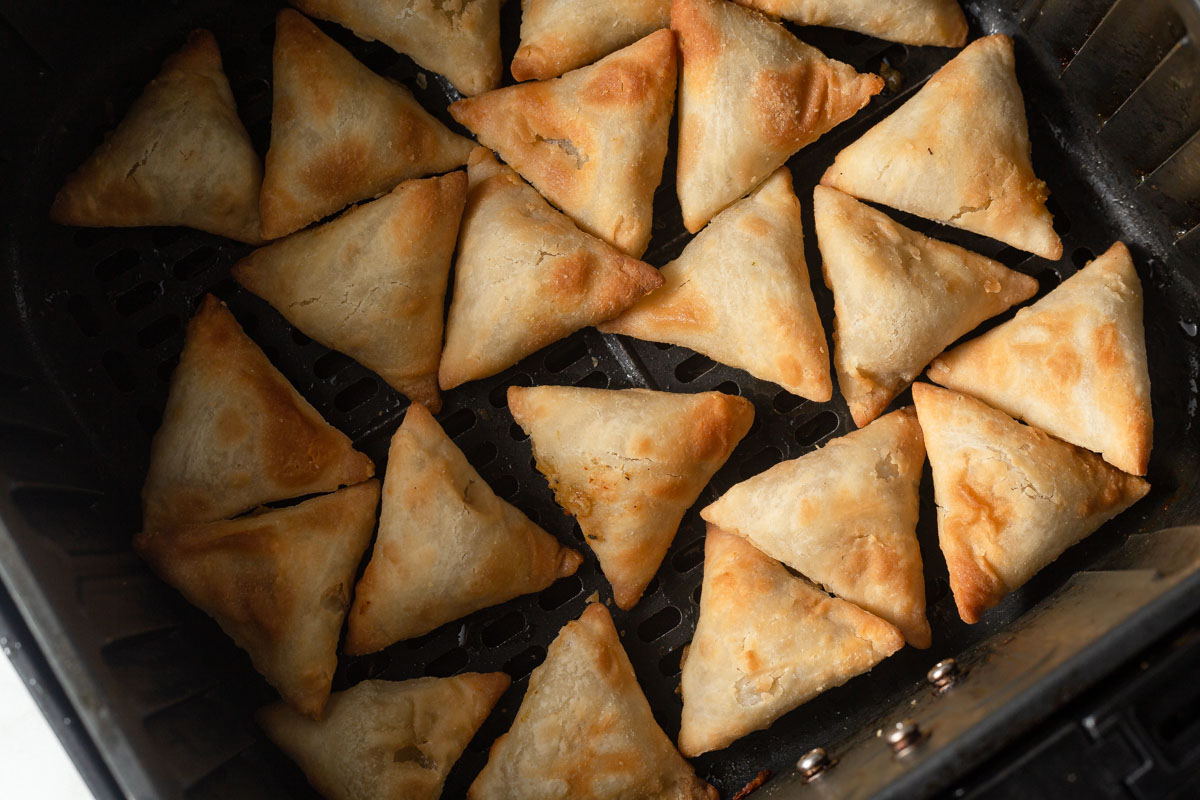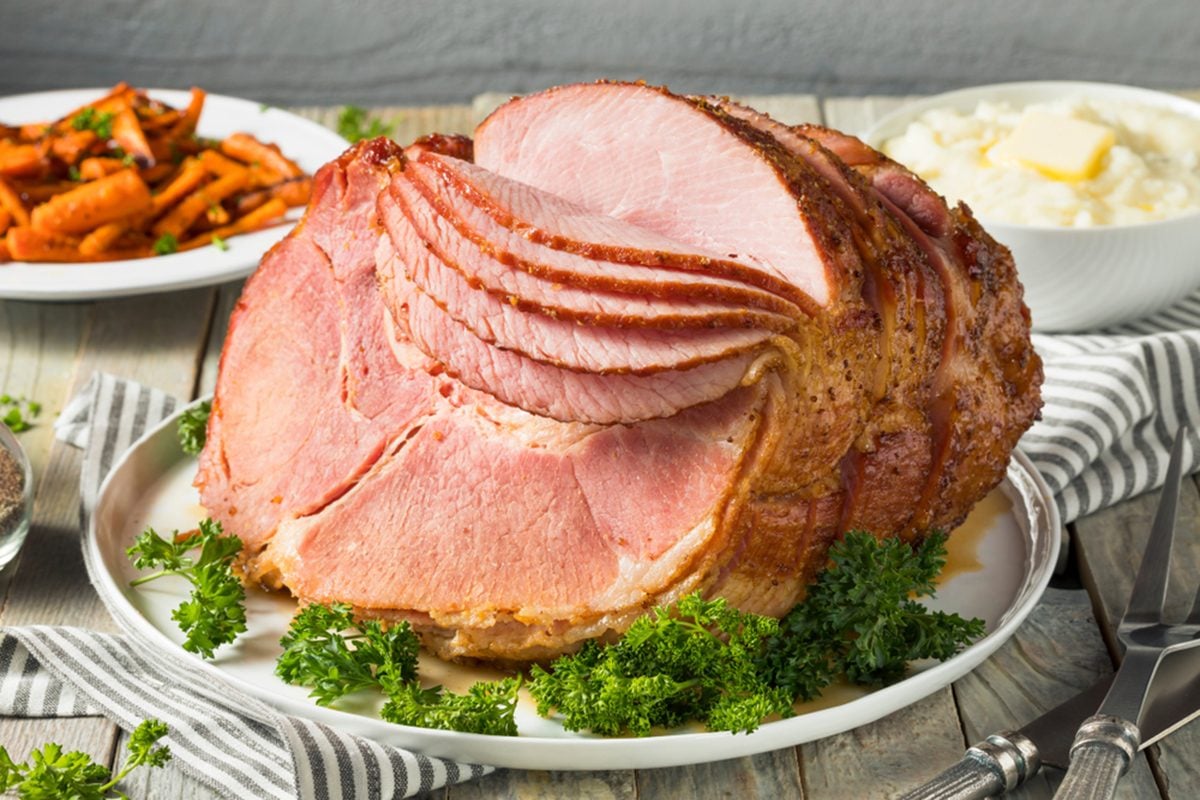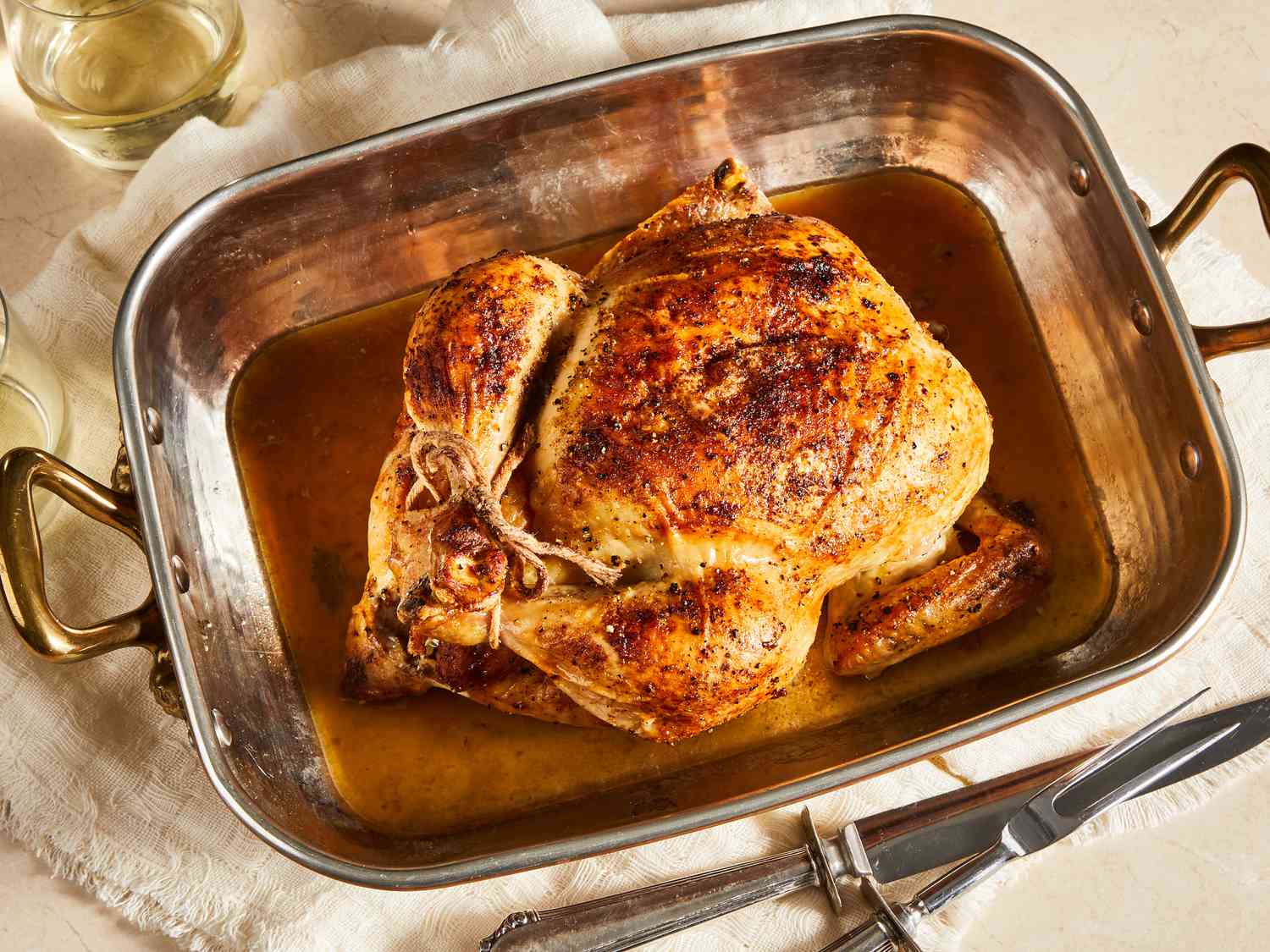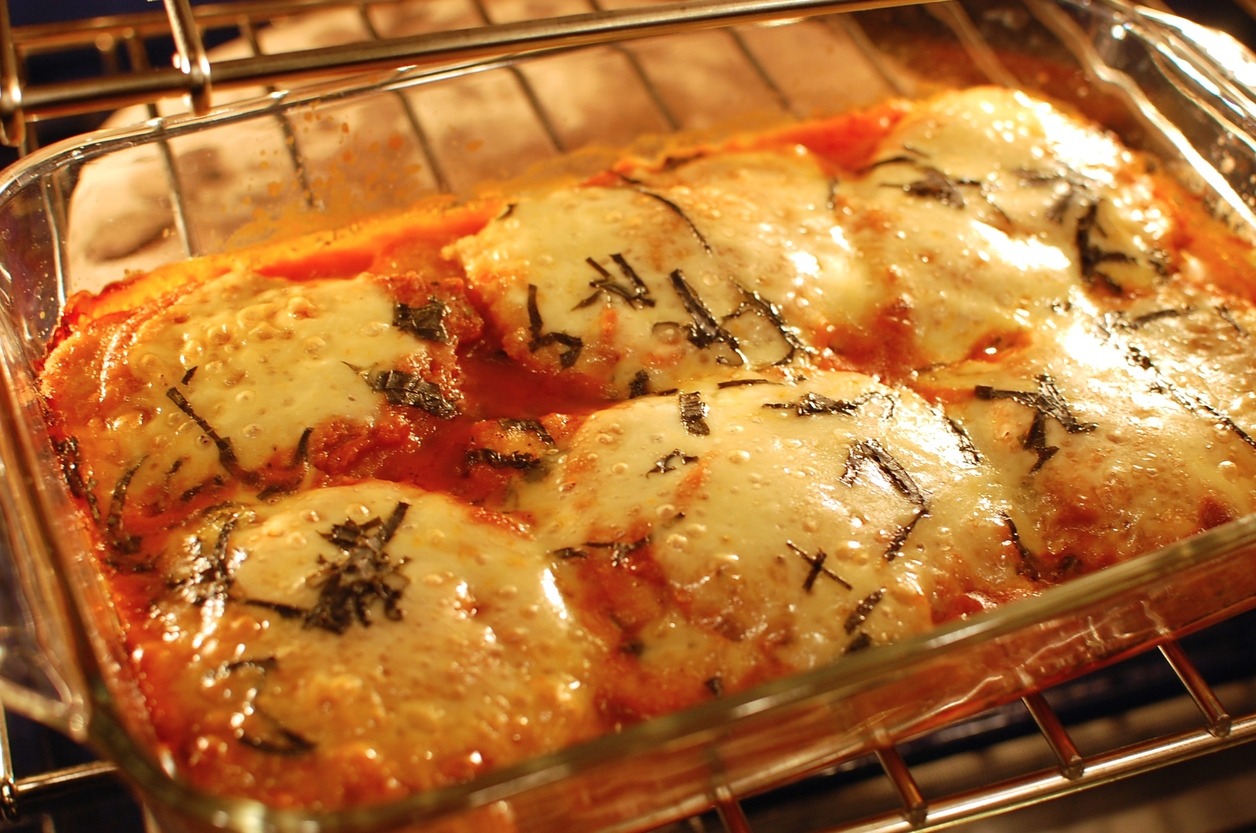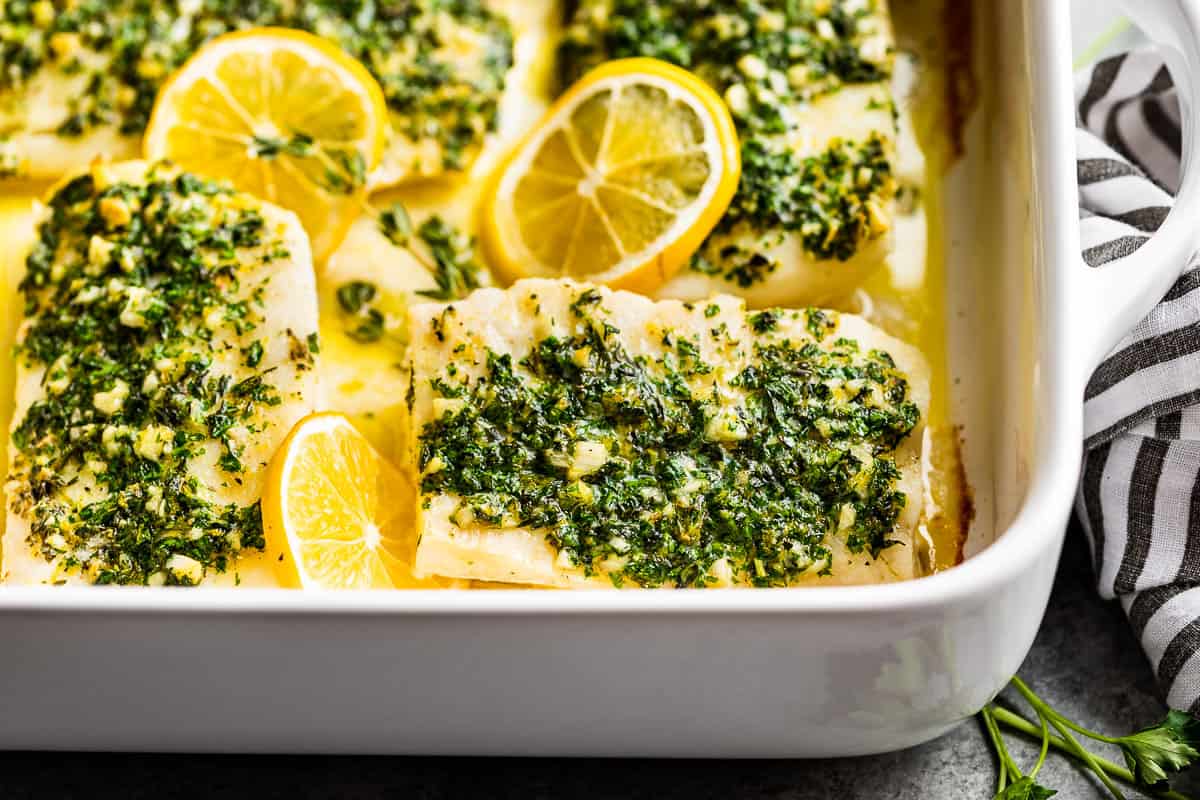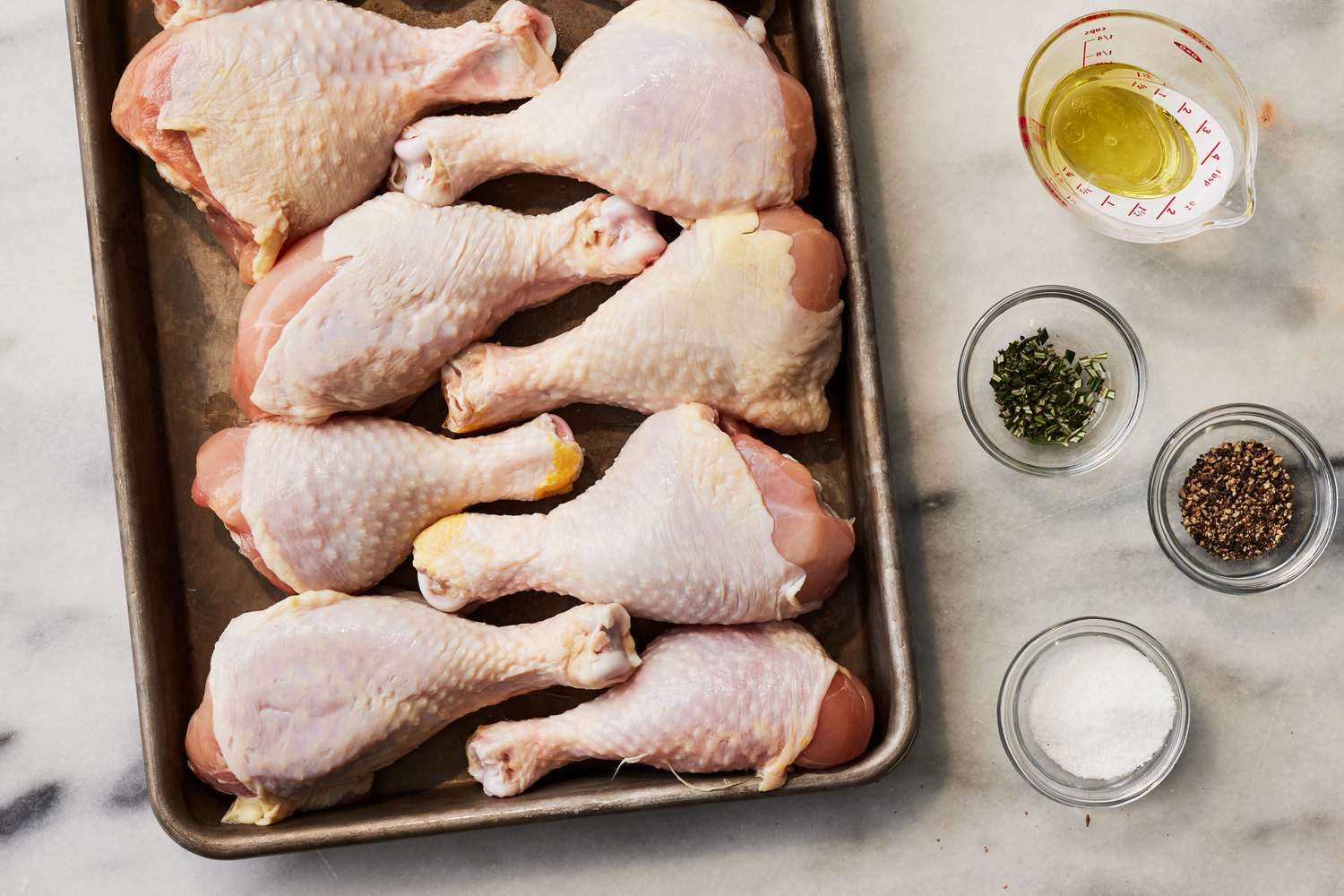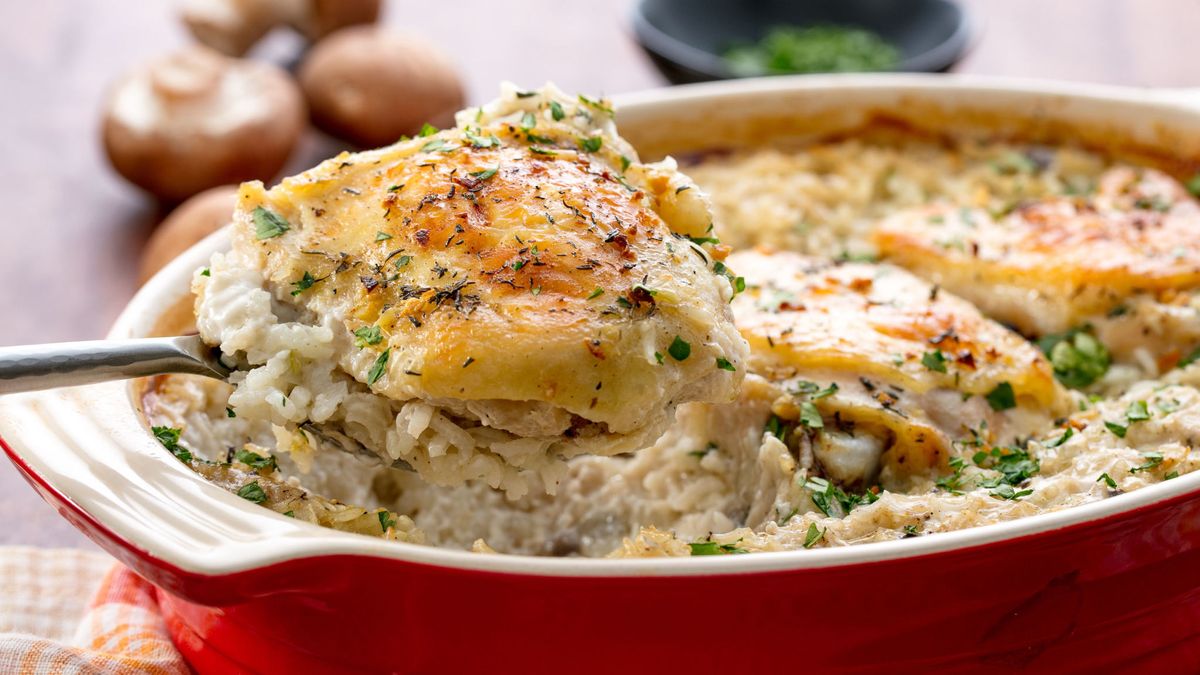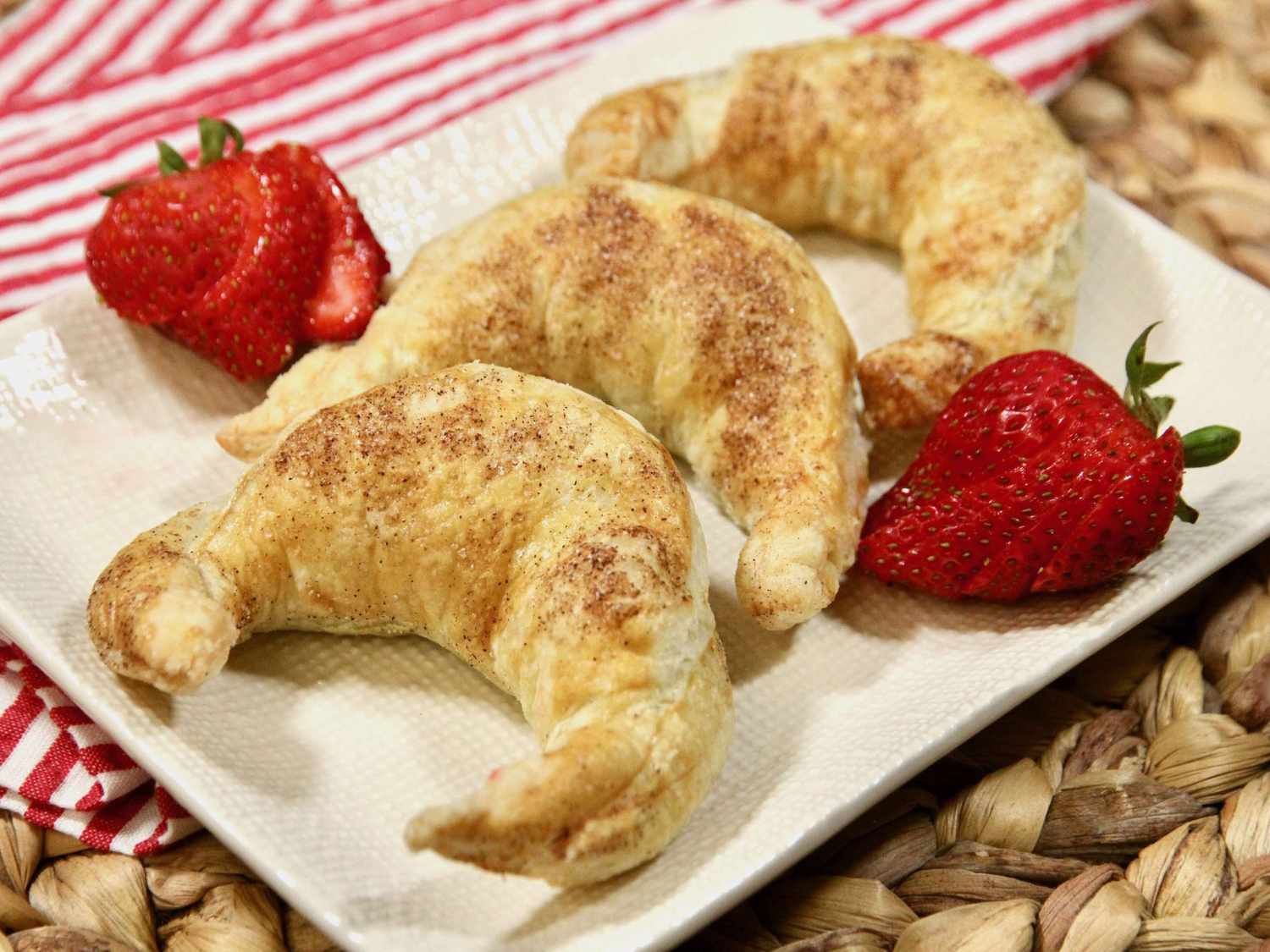How to Bake a Delicious Cake Using Gluten-Free Flour
Are you looking to bake a delicious cake without using traditional flour? Whether you have a gluten intolerance or simply want to explore new baking options, using gluten-free flour can be a great alternative. In this article, we will guide you through the process of baking a mouthwatering cake using gluten-free flour.
Choose the Right Gluten-Free Flour
When it comes to baking with gluten-free flour, it’s essential to choose the right type for your recipe. There are various options available, including almond flour, coconut flour, rice flour, and more. Each type of flour has its own unique properties, so it’s important to select one that will work well for your cake.
For a light and fluffy texture, consider using a blend of gluten-free flours. This can help mimic the structure that traditional flour provides, resulting in a cake that is just as delicious and satisfying.
Gather Your Ingredients
Once you’ve chosen your gluten-free flour, it’s time to gather the rest of your ingredients. For a basic gluten-free cake, you will need:
- Gluten-free flour: Choose the type that best suits your preferences.
- Eggs: These will help bind the ingredients together and provide structure.
- Sugar: For sweetness and to help with the texture of the cake.
- Butter or oil: To add moisture to the cake.
- Leavening agents: Such as baking powder or baking soda to help the cake rise.
- Flavorings: Such as vanilla extract or cocoa powder for added flavor.
- Milk or alternative: To add moisture and richness to the cake batter.
Follow a Trusted Recipe
When baking with gluten-free flour, it’s important to follow a trusted recipe that has been specifically developed for this type of flour. Gluten-free baking often requires different ratios and techniques compared to traditional baking, so using a reliable recipe can help ensure success.
Look for recipes from reputable sources, such as food blogs, cookbooks, or websites dedicated to gluten-free baking. These recipes have been tested and perfected to yield delicious results.
Adjusting the Technique
Gluten-free flour can behave differently than traditional flour, so it’s important to adjust your baking technique accordingly. Here are a few tips to keep in mind:
- Mixing: Be careful not to overmix the batter, as this can result in a dense and tough cake. Mix until just combined for the best texture.
- Baking time: Keep an eye on the cake as it bakes, as gluten-free cakes may require slightly less time in the oven compared to traditional cakes.
- Texture: Gluten-free cakes may have a slightly different texture than those made with traditional flour. Embrace the unique texture and enjoy the delicious flavor.
Enjoy Your Gluten-Free Cake
Once your cake is baked and cooled, it’s time to enjoy the fruits of your labor. Whether you’re serving it for a special occasion or simply indulging in a sweet treat, your gluten-free cake is sure to be a hit.
Baking a cake with gluten-free flour can open up a world of delicious possibilities for those with dietary restrictions or anyone looking to explore new ingredients. With the right flour, ingredients, and techniques, you can create a delectable gluten-free cake that will satisfy your sweet tooth and impress your friends and family.
So, why not give it a try? Gather your ingredients, preheat your oven, and get ready to bake a scrumptious gluten-free cake that will delight your taste buds.
Was this page helpful?
Read Next: How To Bake In A Silicone Loaf Tin
yunavietnam
FITI - Tạp chí thể thao hàng đầu Việt Nam
